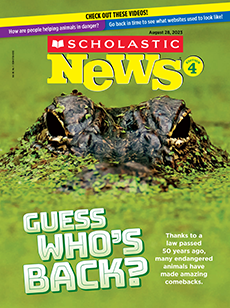These resources are aligned to social justice standards developed by Learning For Justice.
Identity ID.3-5.3
I know that all my group identities are part of who I am, but none of them fully describes me and this is true for other people too.
Identity 4 ID.3-5.4
I can feel good about my identity without making someone else feel badly about who they are.
Diversity 7 DI.3-5.7
I have accurate, respectful words to describe how I am similar to and different from people who share my identities.
Justice 11 JU.3-5.11
I try to get to know people as individuals because I know it is unfair to think all people in a shared identity group are the same.
Justice 13 JU.3-5.13
I know that words, behaviors, rules and laws that treat people unfairly based on their group identities cause real harm.
A list of all social justice standards are available here.

